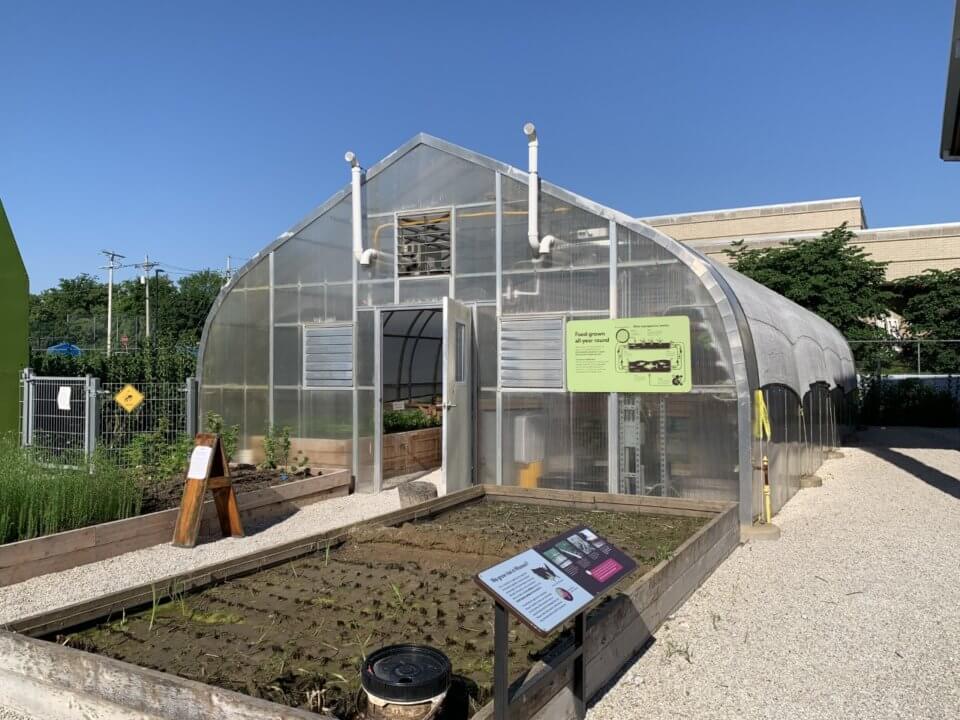Shortly after writing the last blog post, we replanted in our deep-water culture with seedlings we started in soil. With the newly introduced seedlings, we’re diligently watching for any signs of new infestations. We laid out new sticky traps to keep an eye on the insect populations but haven’t seen any major changes from last week’s findings (including the suspicious lack of aphids). However, as the seedlings grow and insects find their way to the new food sources, we expect some problematic insects to return in force.
Battling pests in an aquaponic setting poses a unique challenge because it adds a new condition that must be met. Not only do our methods have to be effective in controlling pests and safe for the plants themselves, but our methods also have to have the health of our fish in mind.
It’s no secret that sprays, whether synthetic chemical, natural or homemade, are one of the most common and effective methods of controlling pest infestations. These sprays can function as either pesticides, sprays that kill pests outright, or antifeedants, sprays that repel pests so that they don’t settle on plants. Regardless of the method, any spray we use will likely be dangerous to our aquaponic system. Because our water isn’t kept in an air-tight environment, any liquid spray we use will leech into the aquaponic water supply and dissolve into the reservoir. This will contaminate the water with compounds that can be irritating or harmful to fish. Many of the common sprays used to counter pests, like soaps, neem oil mixtures or chili pepper mixtures, can stun fish or damage their eyes. That isn’t to say, however, that we can’t find a spray that doesn’t affect the fish. Multiple studies suggest that lavender essential oil (something we can actually make ourselves since we grow lavender here at GROW) has both insect-repellent and fish-beneficial properties; however, we don’t know the exact consequences of using lavender oil on our aquaponics because our fish are different from those used in the studies.
A much safer alternative to spray usage is the continued use of sticky traps and other insect traps. While we’ve mostly been using sticky traps more as a survey tool than a control tool, using them more broadly can be an effective method. Pest traps also have the distinct advantage of being very easy to DIY, as things like bright colors and tape can function as pest attractants and traps respectively. And aside from being cheap and easy to make, pest traps have a leg up on pesticides in that they allow us to keep track of how many and what kinds of pests we kill. In fact, we’ve already been having success with pest traps outside the greenhouse. Using a bright yellow plate to attract beetles and a soap-water mixture to drown them, we’ve been having a lot of success with dish traps to control a rampant cucumber beetle problem.
The bottom line is that these methods are for strong infestations. We can do a lot of small things to keep pest infestations in check before they even get bad. Knocking off aphids with hose water, checking plants for damage and removing plants that are too infested to save are easy steps to ensure infestations don’t get too bad. We’ll continue to take steps to keep our pests in check, but if it ever gets too bad, you can bet that we’ll have a plan ready.






